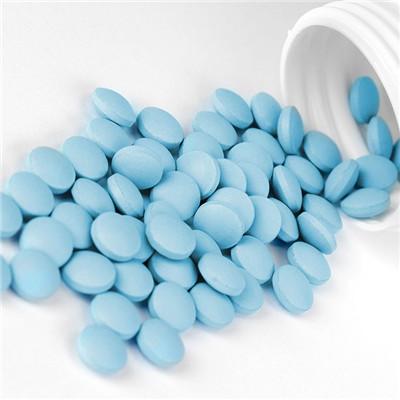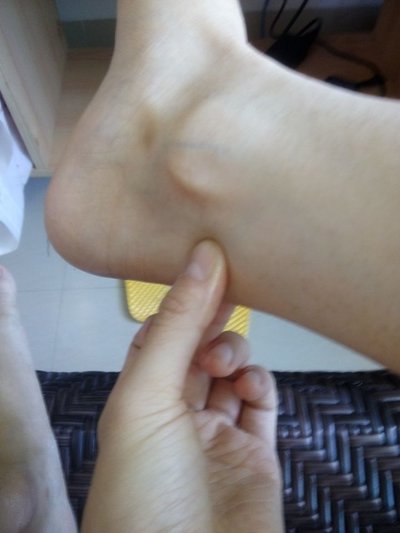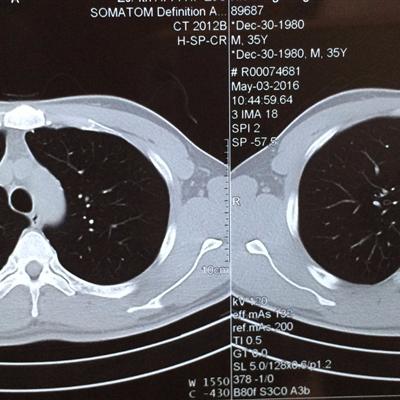How is pyogenic osteomyelitis treated?
summary
Suppurative osteomyelitis refers to bone marrow inflammation caused by various infectious factors. The clinical manifestations of suppurative osteomyelitis can be divided into acute and chronic. Chronic suppurative osteomyelitis is mostly due to the transformation of acute suppurative osteomyelitis without timely, correct and thorough treatment. Acute osteomyelitis is characterized by bone absorption and destruction. Dead bone formation and new bone formation are the main causes of chronic osteomyelitis. Pyogenic bacteria invade bone and cause inflammatory reaction, which is called pyogenic osteomyelitis. The lesions can invade all parts of bone tissue, but mainly bone marrow cavity infection. Many people are not cured for a long time, not because they can't be cured, but because they don't understand. How to treat suppurative osteomyelitis?.
How is pyogenic osteomyelitis treated?
First: antibiotic treatment: early, sufficient, sensitive, combined application. Use within 5 days of onset can often control inflammation. After 5 days of use or when the bacteria are not sensitive to the antibiotics used, the curative effect will be affected. A broad-spectrum antibiotic and an antibiotic for gram-positive cocci were used in combination and adjusted after the detection of pathogenic bacteria. There were four results after treatment: (1) before the appearance of X-ray changes, the systemic and local symptoms disappeared, and bone abscess did not form( 2) After the X-ray changes, the systemic and local symptoms disappeared, indicating that the bone abscess has been controlled and may be absorbed. These two cases do not need surgical treatment, but antibiotics should be used continuously for at least 3 weeks( 3) Systemic symptoms subsided, but local symptoms intensified, indicating that antibiotics can not eliminate bone abscess, need surgical drainage( 4) Systemic and local symptoms did not subside. Note a. The pathogens were resistant to antibiotics. B。 There was bone abscess; C。 There is a migratory abscess. In order to save life, incision and drainage are needed.

Second: surgical treatment objective: (1) drainage of pus, reduce the symptoms of sepsis( 2) Prevent acute osteomyelitis into chronic osteomyelitis. Surgical treatment should be carried out as early as possible, especially when the local symptoms can not be controlled 48-72 hours after antibiotic treatment. Delayed surgery can only achieve the purpose of drainage, but can not prevent the evolution of acute osteomyelitis to chronic osteomyelitis. 1. Methods of operation: (1) drilling drainage (2) fenestration decompression. 2. Wound management: (1) closed irrigation and drainage (2) simple closed drainage.

Third: the treatment of chronic suppurative osteomyelitis is mainly surgical treatment, the principle is to remove the dead bone, inflammatory granulation tissue and eliminate the dead space, that is, lesion clearance. 1. Surgical indications: dead bone formation, dead cavity and sinus abscess should be treated surgically.

matters needing attention
1. Debridement and open drainage. 2. Debridement and drip drainage were used. 3. An operation to eliminate the dead space. 4. The diseased bone was excised. 5. Amputation.













